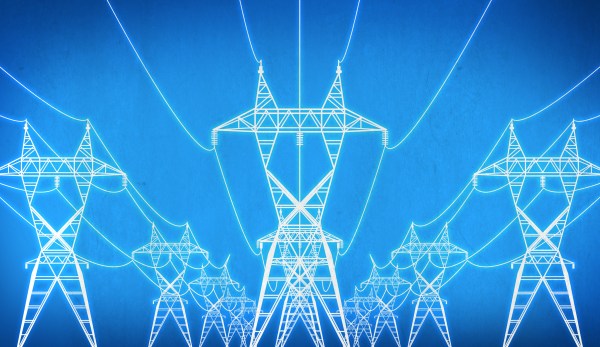At 5:20 PM on November 9, 1965, the Tuesday rush hour was in full bloom outside the studios of WABC in Manhattan’s Upper West Side. The drive-time DJ was Big Dan Ingram, who had just dropped the needle on Jonathan King’s “Everyone’s Gone to the Moon.” To Dan’s trained ear, something was off about the sound, like the turntable speed was off — sometimes running at the usual speed, sometimes running slow. But being a pro, he carried on with his show, injecting practiced patter between ad reads and Top 40 songs, cracking a few jokes about the sound quality along the way.
Within a few minutes, with the studio cart machines now suffering a similar fate and the lights in the studio flickering, it became obvious that something was wrong. Big Dan and the rest of New York City were about to learn that they were on the tail end of a cascading wave of power outages that started minutes before at Niagara Falls before sweeping south and east. The warbling turntable and cartridge machines were just a leading indicator of what was to come, their synchronous motors keeping time with the ever-widening gyrations in power line frequency as grid operators scattered across six states and one Canadian province fought to keep the lights on.
They would fail, of course, with the result being 30 million people over 80,000 square miles (207,000 km2) plunged into darkness. The Great Northeast Blackout of 1965 was underway, and when it wrapped up a mere thirteen hours later, it left plenty of lessons about how to engineer a safe and reliable grid, lessons that still echo through the power engineering community 60 years later.
















